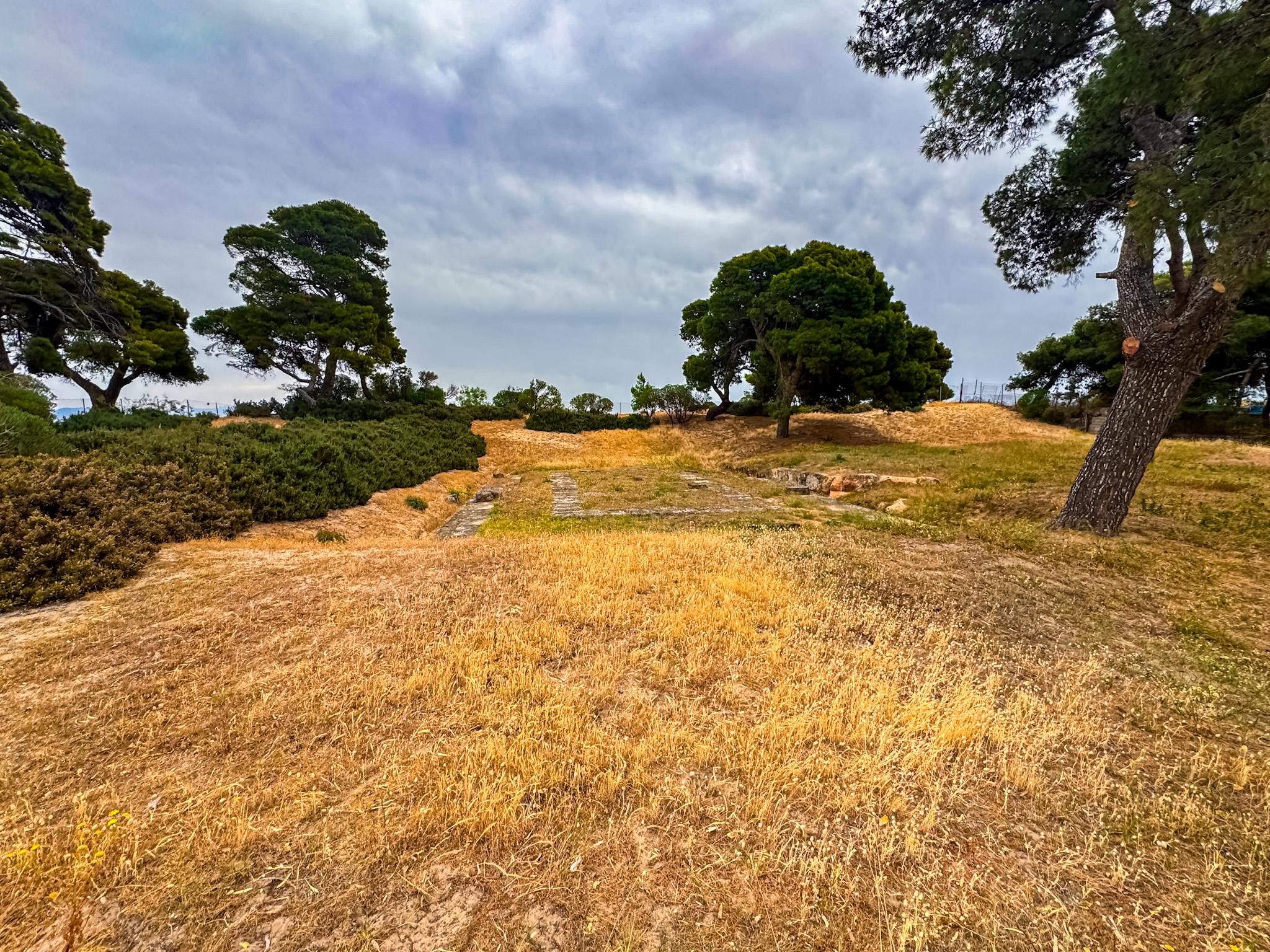
What to See in Artemida? Ancient Ruins Just Steps from the Beach
If you’ve come to Artemida (formerly known as Loutsa) for sun and sea, you might be surprised to learn there’s a piece of ancient history hiding right by the shore. Just a short walk from the beach lies one of the most important archaeological sites in eastern Attica - the Temple of Artemis Tauropolos.
The site was first discovered in 1925, but systematic excavations didn’t begin until 1956–1957, led by the Greek Archaeological Society. What they uncovered was a Doric temple dating back to the 5th century BCE. Today, the main remains are its stone foundations, made from porous local rock.
The temple had a unique layout, with two entrances - one to the east and one to the west - and two main chambers. The eastern room was larger, while the smaller western room likely served as the adyton, a sacred inner space used for ritual purposes.
Archaeologists also uncovered parts of a paved road and stairways around the temple, indicating that the area was once enclosed and had a formal entrance.
According to legend, the sanctuary was founded by Orestes, who returned from Tauris with his sister Iphigenia and a wooden cult statue (xoanon) of the goddess Artemis. This myth is famously told in Euripides’ play Iphigenia in Tauris. In ancient times, Artemis was worshipped here through purification rites, offerings, processions, and symbolic - often mysterious - ceremonies.
Excavations also revealed a smaller temple about 200 meters to the south. Many offerings were found there, ranging from clay figurines to small everyday items, dating from the Geometric to the Classical periods. These artifacts are now on display at the nearby Archaeological Museum of Brauron, which is definitely worth a visit as well.
For centuries, the Sacred Grove of Artemis Tauropolos was a key religious center for the region. Residents of the ancient city of Alai Araphinides gathered here for festivals, rituals, and offerings - many of which are even mentioned in ancient literary sources.
Today, the site remains quiet and mostly overlooked. There’s no ticket booth, no flashy signs - just a simple informational plaque and a basic fence. But if you pause for a moment and look beyond the fence, you’ll spot the temple ruins just steps from the sea. It’s a short detour from your beach day, and a great way to connect with the deep history of the place you’re enjoying.

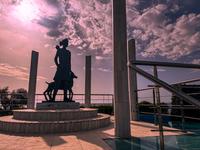
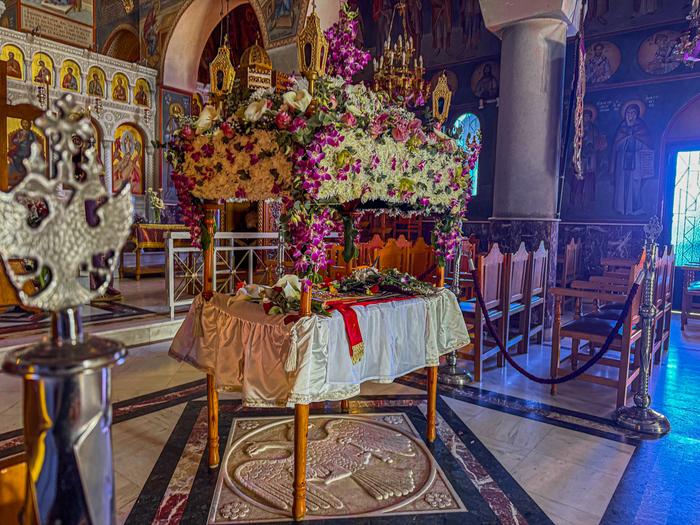
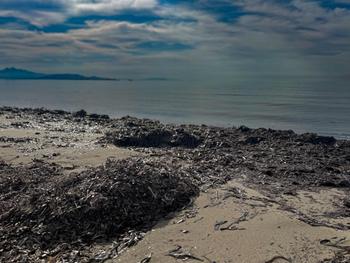

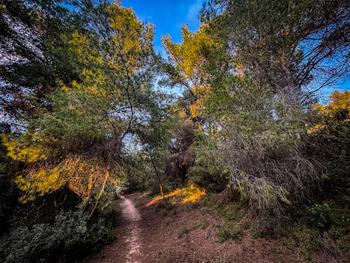
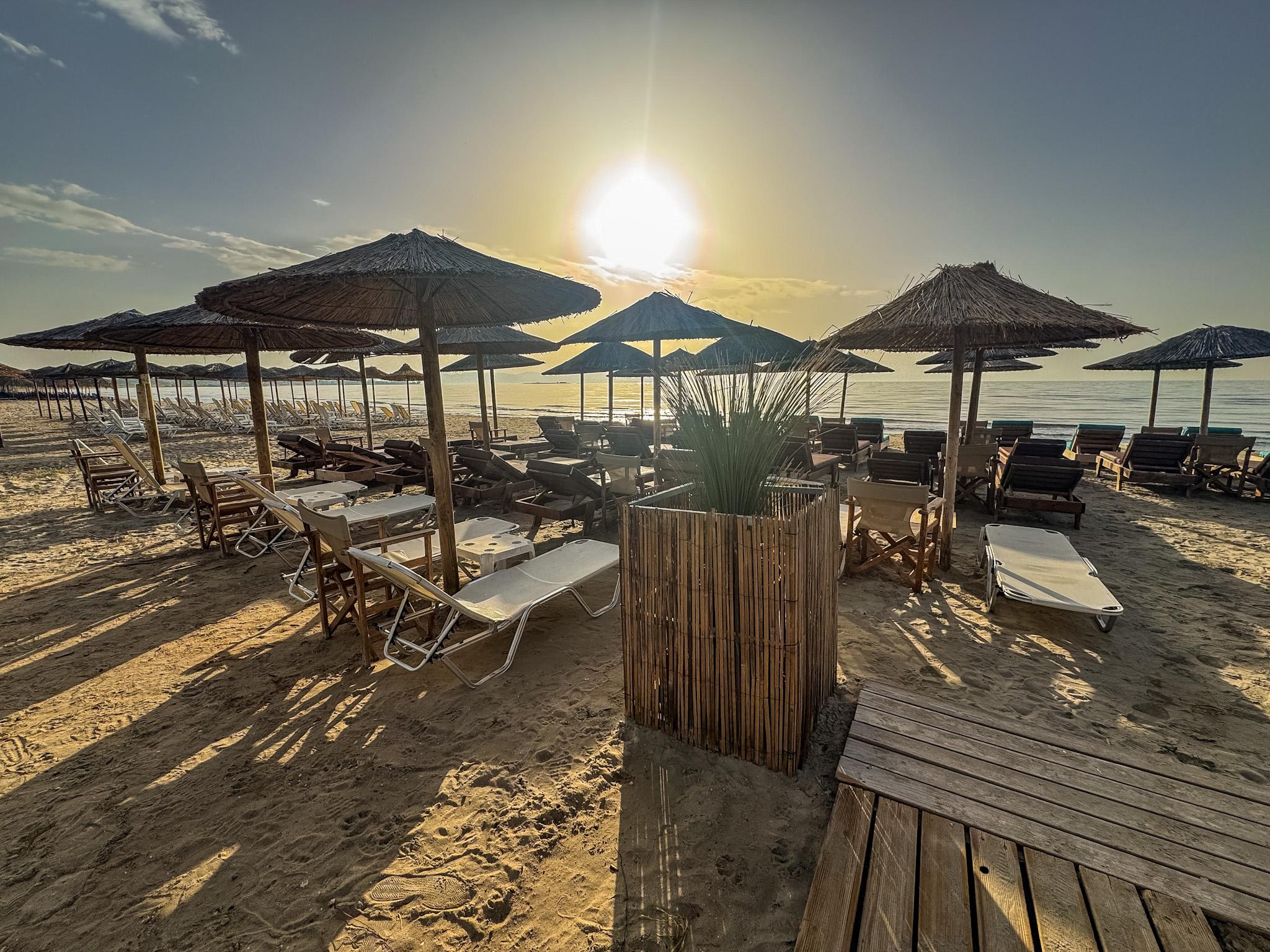
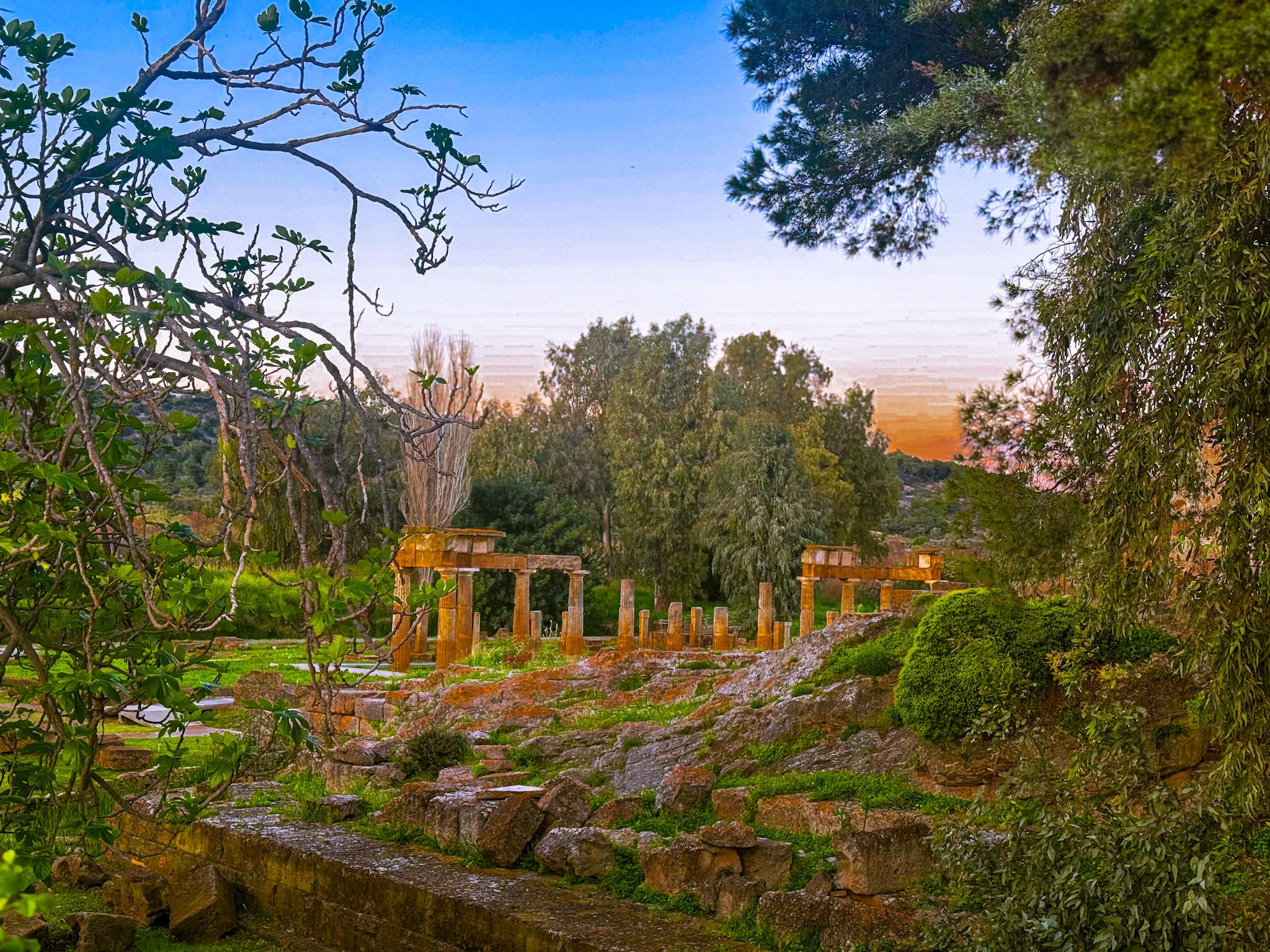
Comments